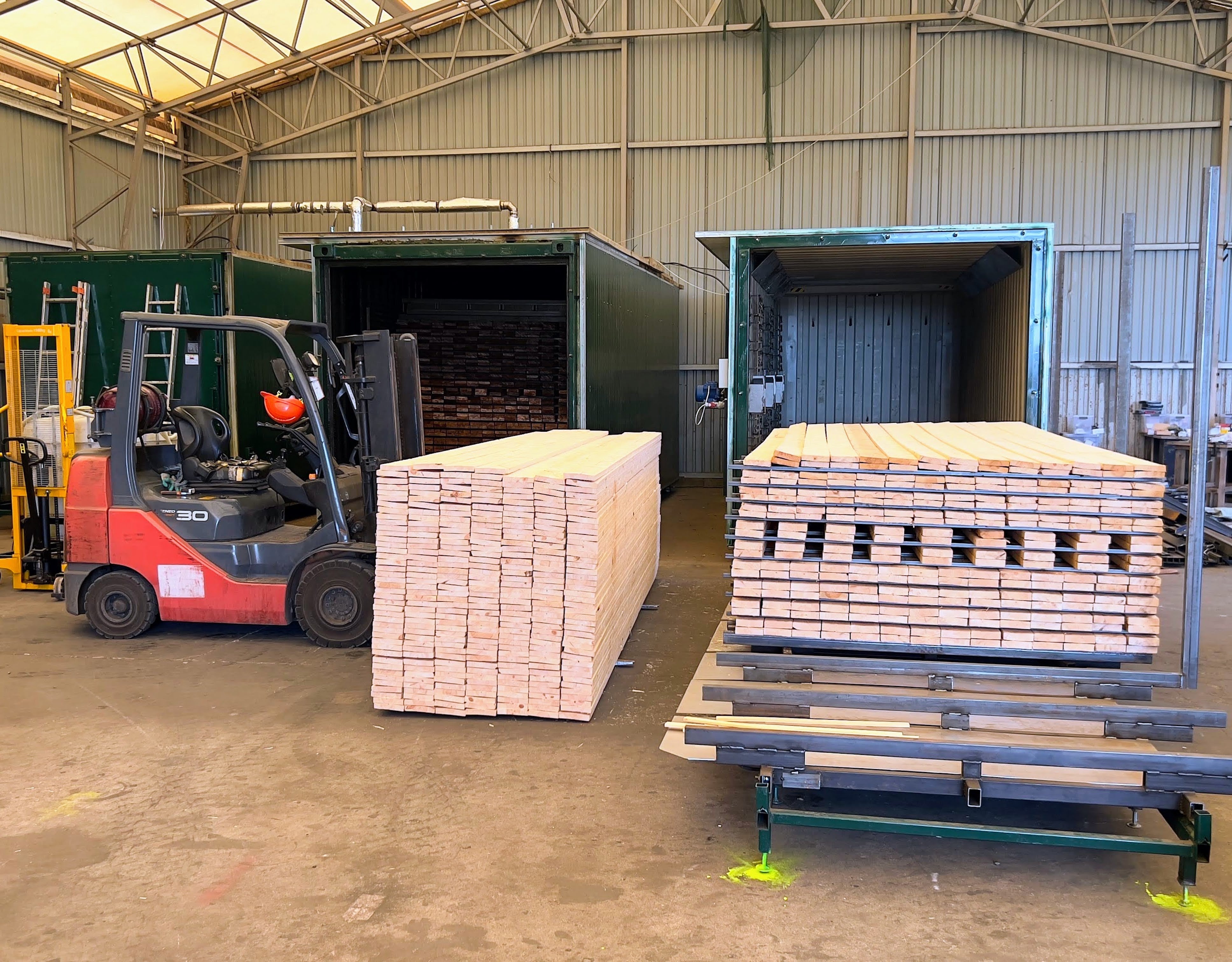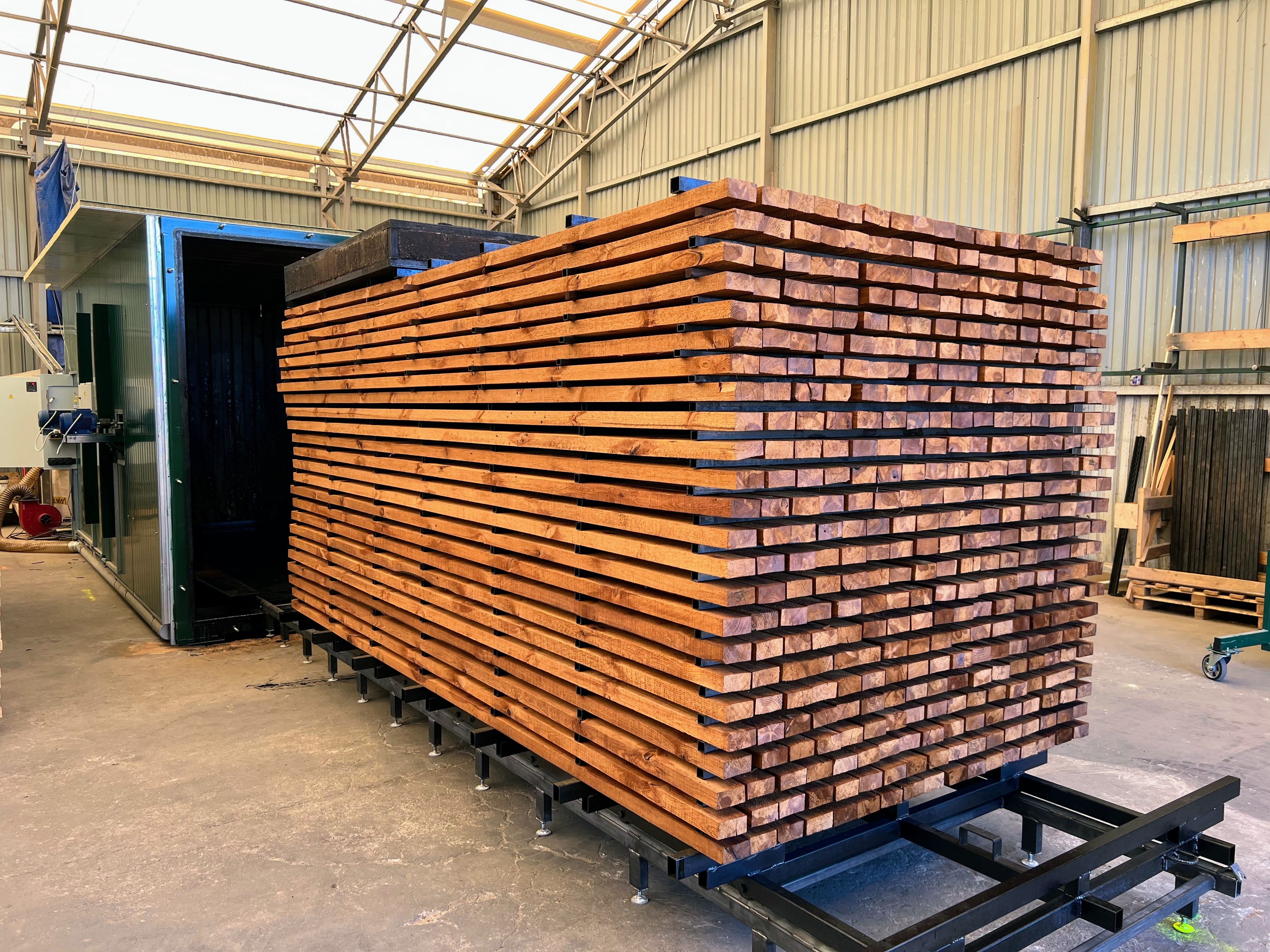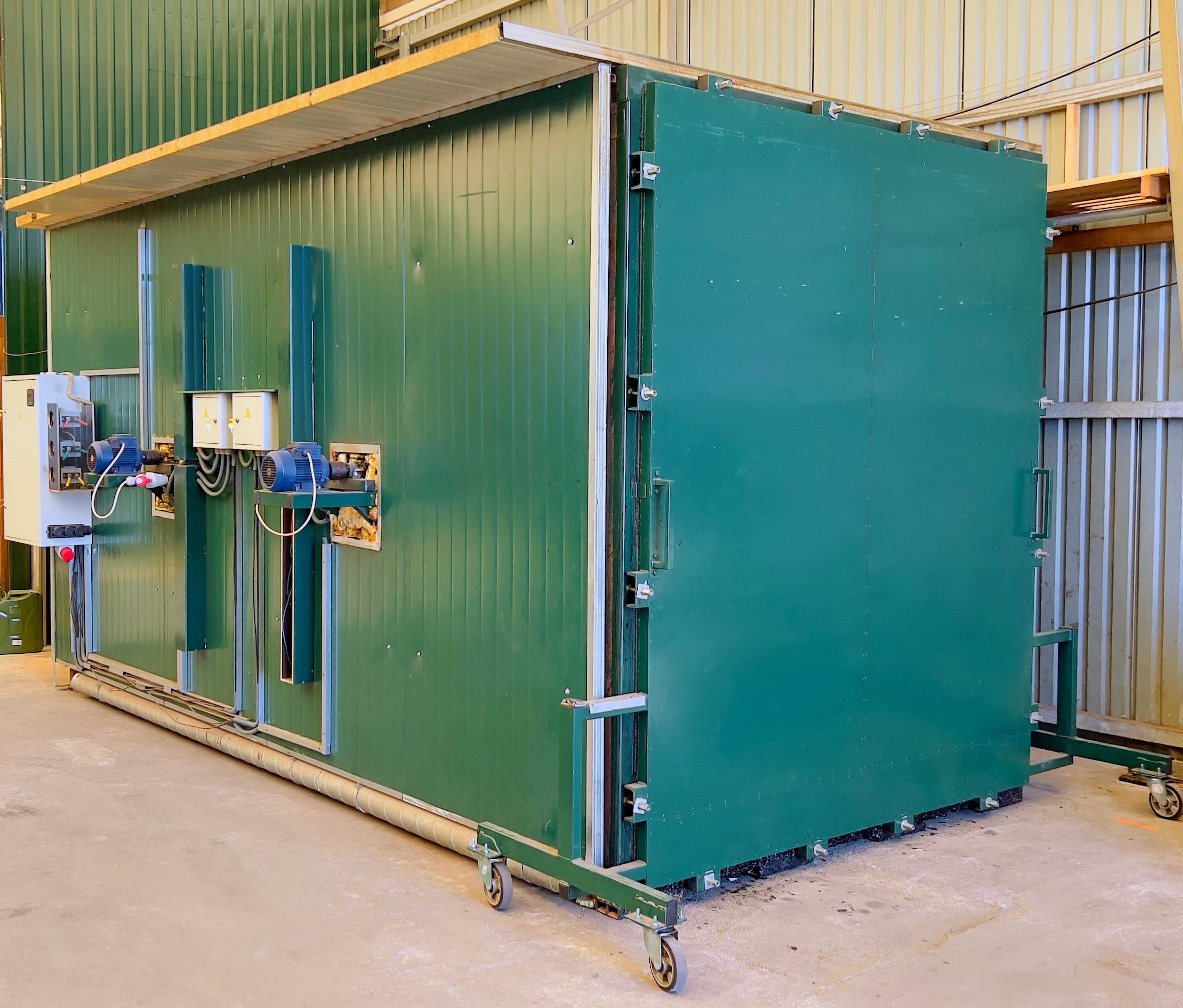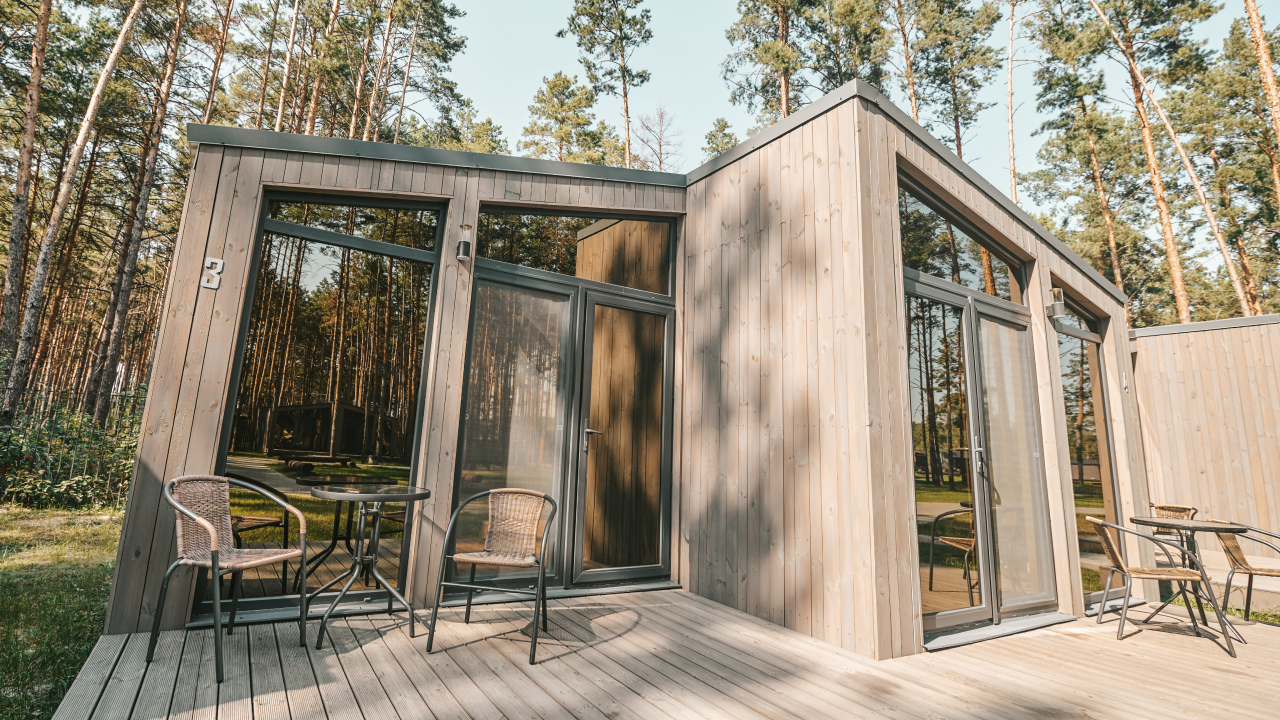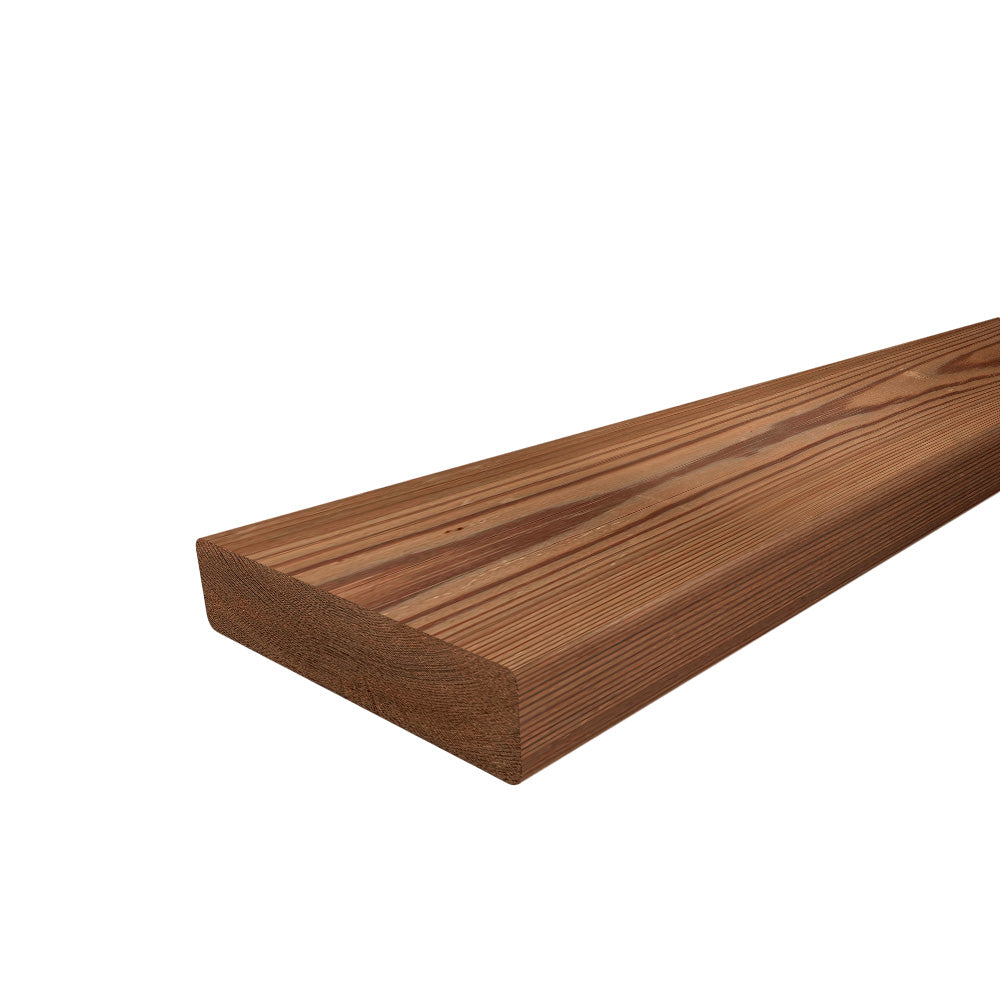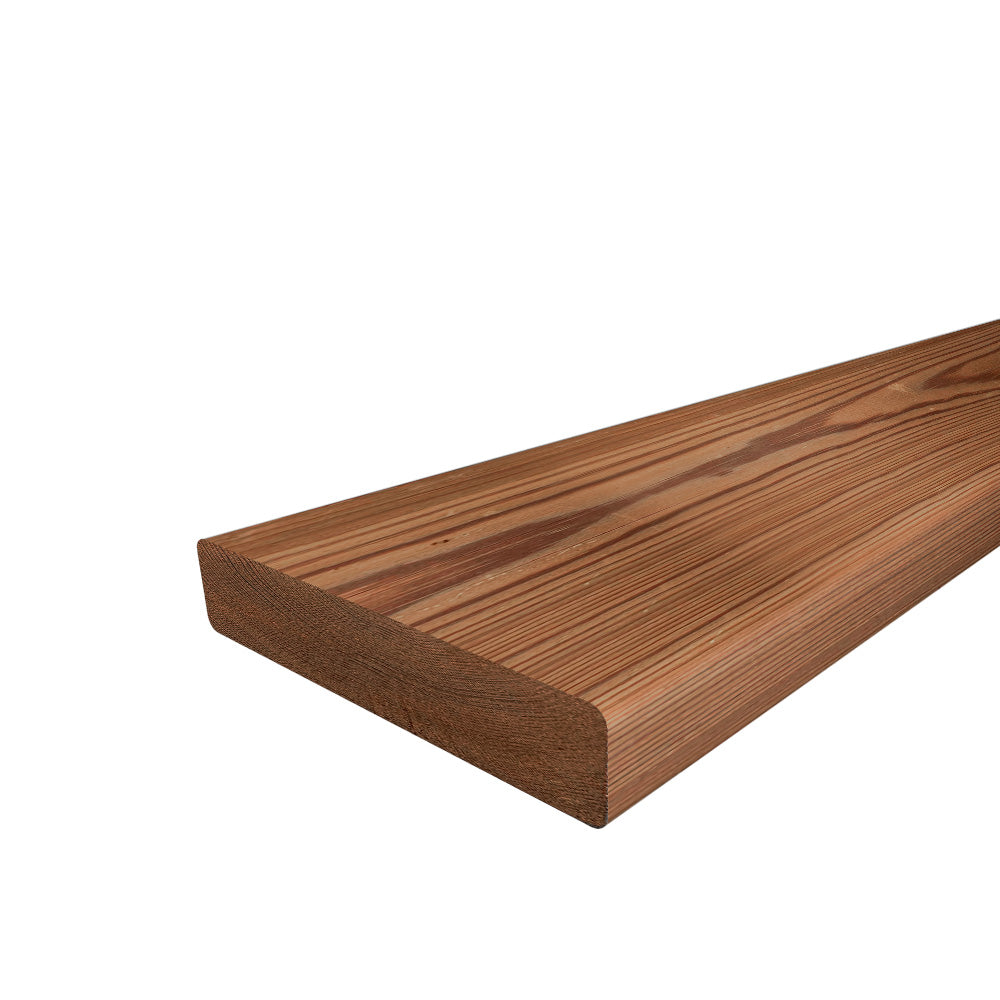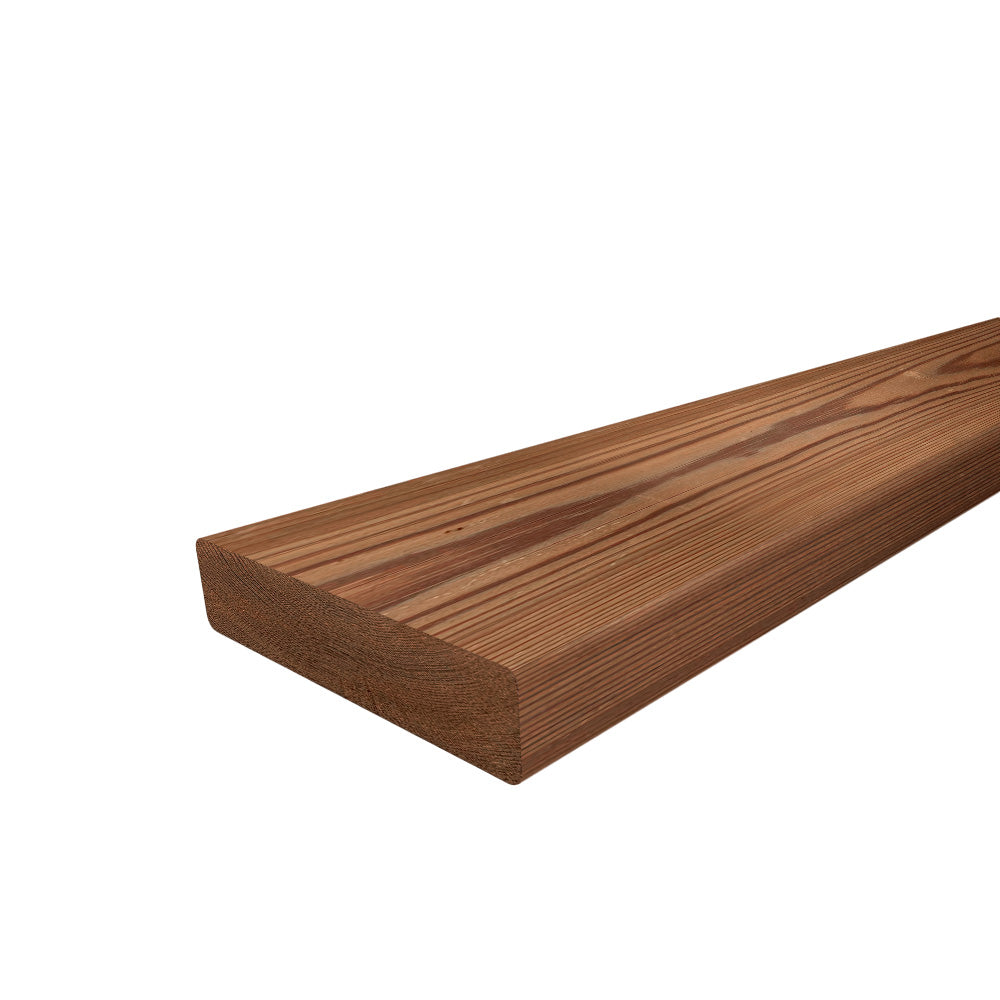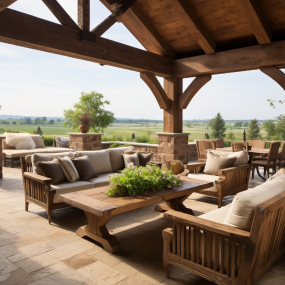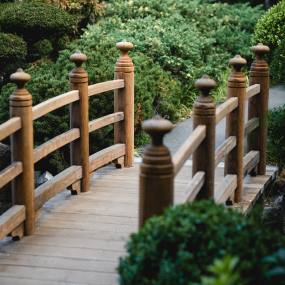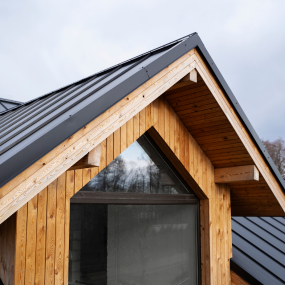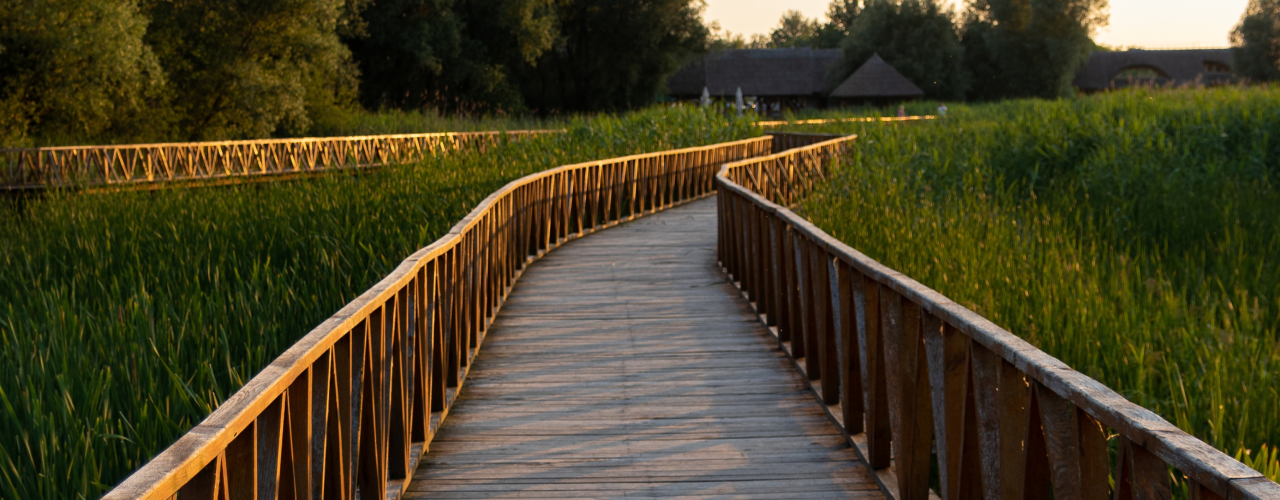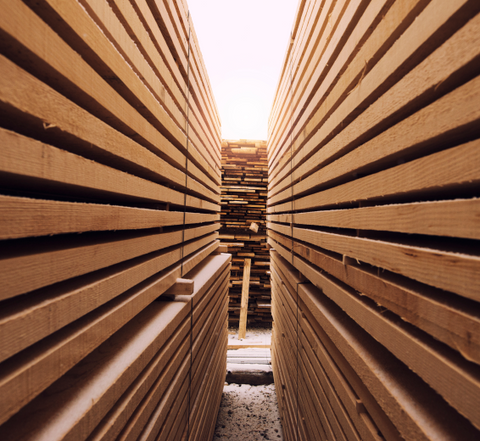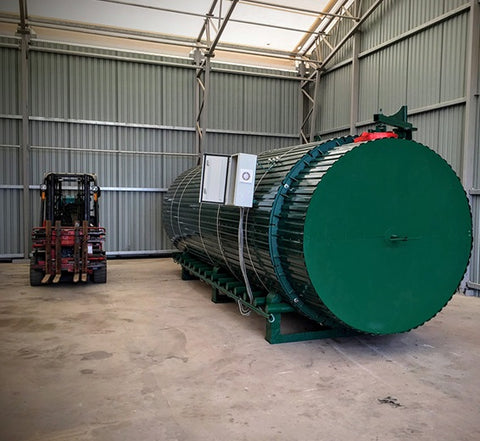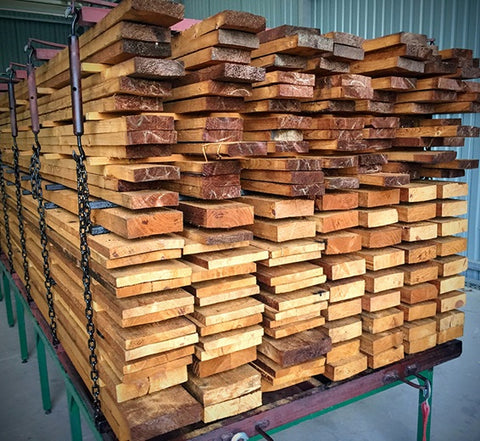Our products
We confidently offer high-quality thermal wood, tested over generations and hundreds of customers around the world.
Application
Our wood is not afraid of temperature fluctuations, humidity, and does not lose its color even after many years of use.
Our products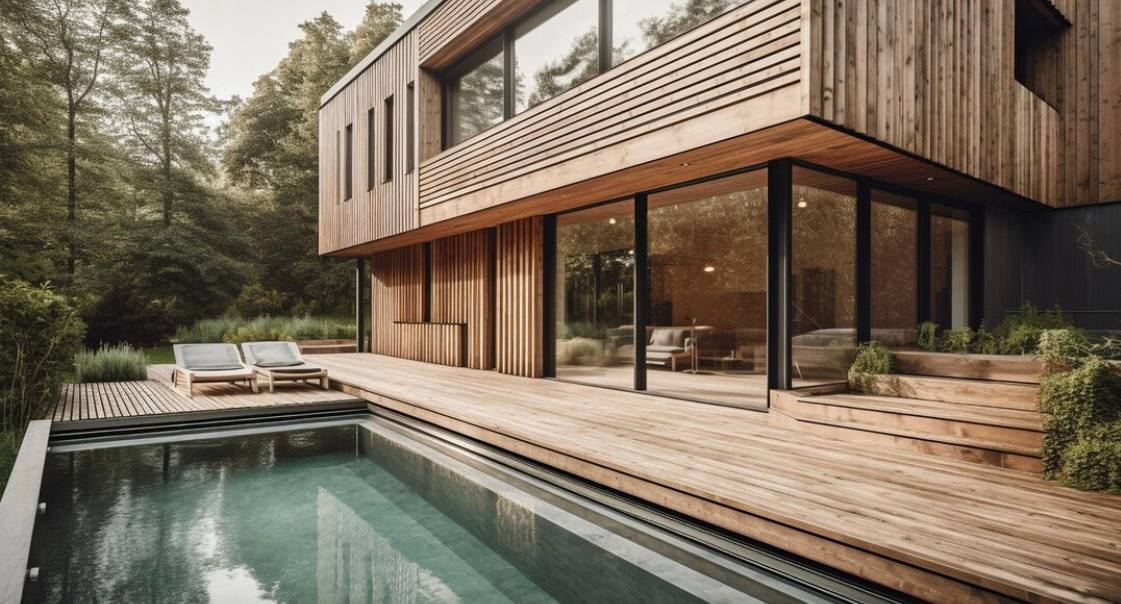

Construction wood
Weatherproof, reliable, strong and stable.
Facade board
Does not lose color and is not affected by corrosion.
Covering board
Thanks to wood processing technology, the board is not afraid of moisture and does not fade.
Explore the collections
Products
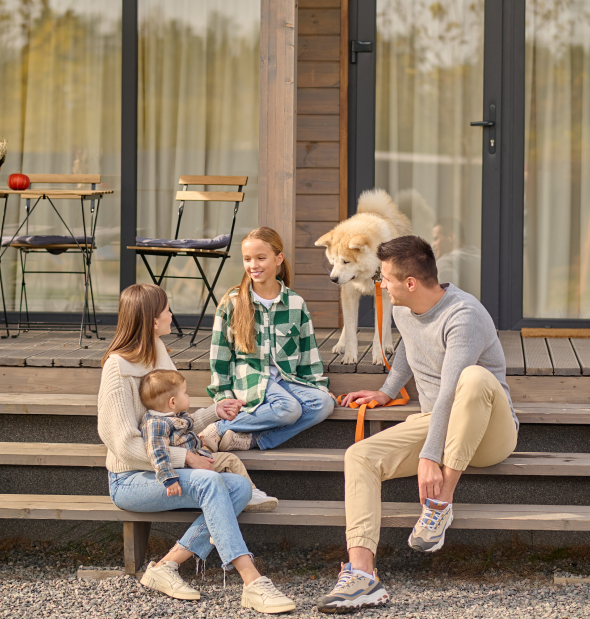
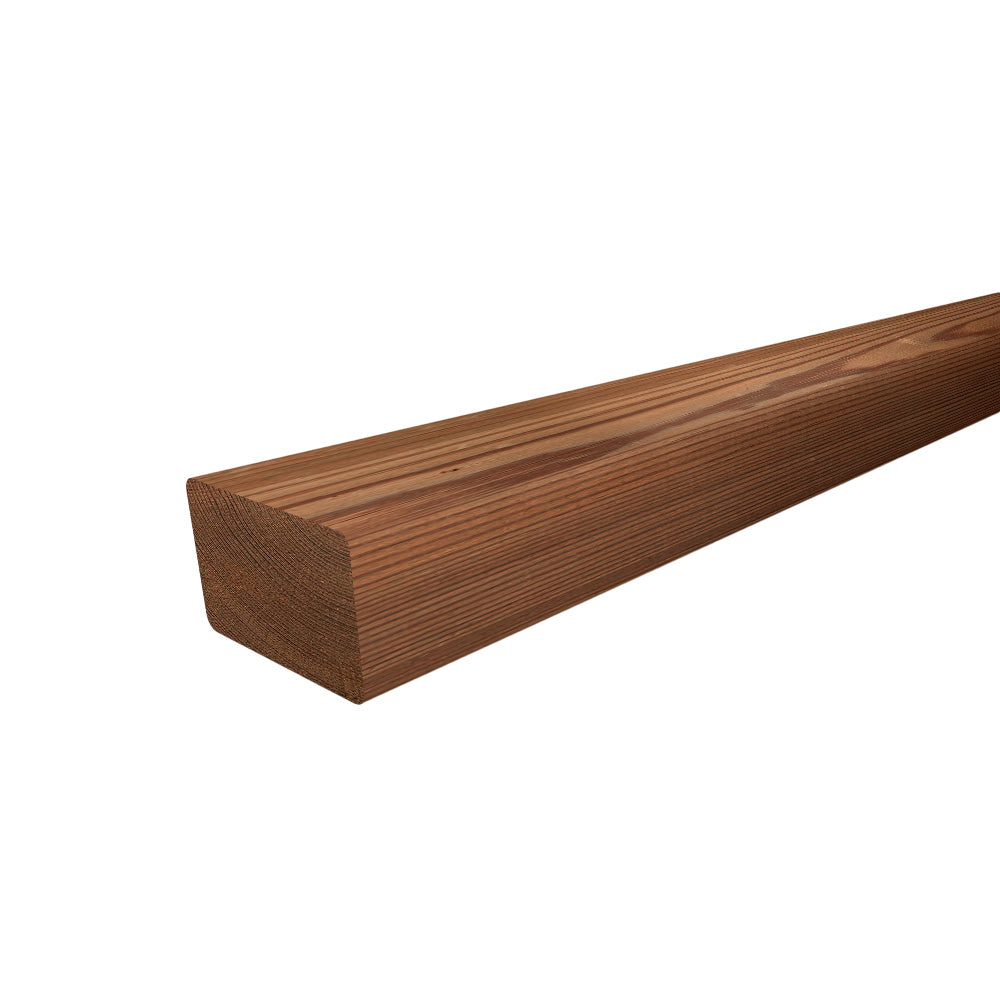
€3,10 EUR
For wholesale buyers
Fill out the form and we will call you right away.
We have special offers for wholesale customers. Our guide will be happy to tell you about it.
